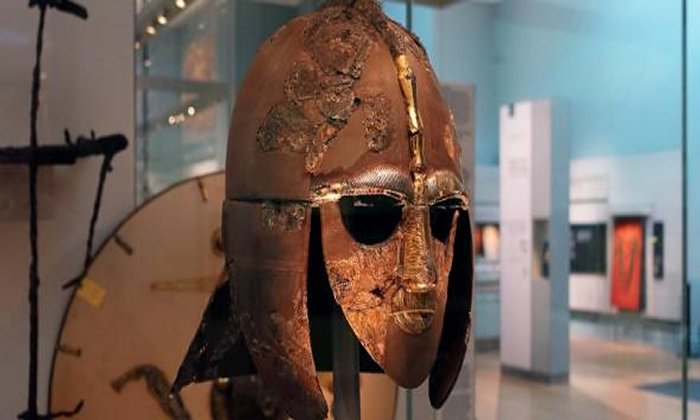Conny Waters – AncientPages.com – Early Medieval Europe is frequently viewed as a time of cultural stagnation, often given the misnomer of the ‘Dark Ages’. However, analysis has revealed new ideas could spread rapidly as communities were interconnected, creating a surprisingly unified culture in Europe.
 An interconnected Europe with long-distance trade and travel facilitating the spread of new ideas to create a shared culture may sound modern, but in reality, Europe has been ‘global’ for over a millennium.
An interconnected Europe with long-distance trade and travel facilitating the spread of new ideas to create a shared culture may sound modern, but in reality, Europe has been ‘global’ for over a millennium.
Dr Emma Brownlee, Department of Archaeology, University of Cambridge, examined how a key change in Western European burial practices spread across the continent faster than previously believed – between the 6th– 8thcenturies AD, burying people with regionally specific grave goods was largely abandoned in favor of a more standardized, unfurnished burial.
“Almost everyone from the eighth century onwards is buried very simply in a plain grave, with no accompanying objects, and this is a change that has been observed right across western Europe,” said Dr Brownlee.
To explore this change, Emma examined over 33,000 graves from this period in one of the largest studies of its kind. Statistical analysis was used to create a ‘heat map’ of the practice, tracking how it changed in frequency over time.
The results of this analysis, published in the journal Antiquity, reveal that changes in grave good use began to decline from the mid-sixth century in England, France, Germany, and the Low Countries, and by the early eighth century, it had been abandoned entirely.
“The most important finding is that the change from burial with grave goods to burial without them was contemporary across western Europe,” said Dr Brownlee. “Although we knew this was a widespread change before, no one has previously been able to show just how closely aligned the change was in areas that are geographically very far apart.”
Crucially, this contemporary transition provides strong evidence that early Medieval Europe was a well-connected place, with regular contact and exchange of ideas across vast areas.
Evidence of increasing long-distance trade is seen around this period, which may have been how these connections were facilitated. As the idea spread between communities, social pressure drove more people to adopt it. As more people did, this pressure grew – explaining why the spread of unfurnished funerals appeared to accelerate over time.
With people sharing more similarities, this likely reinforced the connections themselves as well.
“The change in burial practice will have further reinforced those connections; with everyone burying their ᴅᴇᴀᴅ in the same manner, a medieval traveller could have gone anywhere in Europe and seen practices they were familiar with,” said Dr Brownlee.
Written by Conny Waters – AncientPages.com Staff Writer





